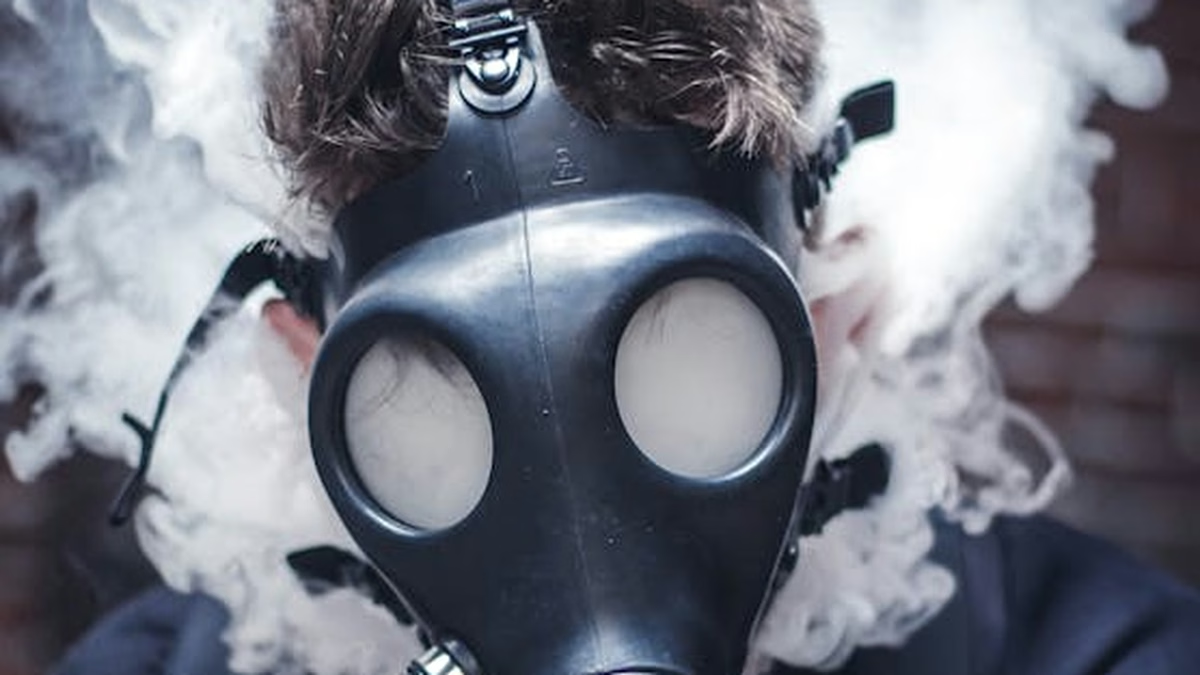Winter Air Pollution & Lung Health
The Chilling Truth: Air Quality and Your Lungs in Winter
Winter, a season often associated with cozy fireplaces and festive cheer, can unfortunately bring with it a less welcome guest: deteriorating air pollution. While summer smog might grab headlines, winter air quality presents unique challenges to respiratory health winter. Cold temperatures, increased indoor activities, and specific weather patterns all contribute to a potentially harmful environment for your lungs. Understanding these risks and taking proactive steps to protect yourself is crucial for maintaining healthy breathing throughout the colder months.
Why Winter Air Quality is a Concern
The air we breathe is a complex mixture, and winter conditions can significantly alter its composition. Several factors contribute to poorer air pollution levels during this time:
Temperature Inversions
Temperature inversions, a common winter phenomenon, occur when a layer of warm air traps cooler air near the ground. This prevents pollutants from dispersing, leading to a build-up of harmful substances close to where we live and breathe. Inversions are like a lid on a pot, trapping all the fumes inside.
Increased Indoor Activities
We naturally spend more time indoors during winter, seeking refuge from the cold. This leads to increased use of heating systems, which can release pollutants like carbon monoxide, nitrogen dioxide, and particulate matter into the air. Furthermore, indoor activities like cooking and using cleaning products can also contribute to indoor air quality issues.
Combustion Sources
Burning wood in fireplaces and stoves, while seemingly idyllic, releases significant amounts of particulate matter into the atmosphere. In some areas, wood-burning is a primary source of air pollution during winter. This is exacerbated in areas where older, less efficient stoves are used.
Holiday Activities
The holiday season often involves increased travel, which contributes to vehicle emissions. Additionally, the use of fireworks, while festive, releases harmful pollutants into the air.
The Impact on Respiratory Health
Poor winter air quality can exacerbate existing respiratory conditions and even trigger new ones. The effects can range from mild discomfort to severe health complications.
Asthma and COPD
Individuals with asthma and chronic obstructive pulmonary disease (COPD) are particularly vulnerable to the effects of air pollution. Pollutants can irritate the airways, leading to increased coughing, wheezing, shortness of breath, and even asthma attacks. These individuals need to be extra diligent in managing their conditions and avoiding triggers during winter.
Respiratory Infections
Exposure to air pollution can weaken the immune system, making individuals more susceptible to respiratory infections like the flu and pneumonia. Pollutants can damage the lining of the lungs, making it easier for viruses and bacteria to take hold.
Cardiovascular Health
Emerging research suggests a link between air pollution and cardiovascular disease. Fine particulate matter can enter the bloodstream and contribute to inflammation and blood clotting, increasing the risk of heart attacks and strokes.
Children and the Elderly
Children and the elderly are particularly vulnerable to the effects of air pollution. Children’s lungs are still developing, and they breathe more air per unit of body weight than adults. The elderly often have pre-existing health conditions that make them more susceptible to the harmful effects of pollutants.
Protecting Yourself This Winter: Actionable Tips
While the risks of air pollution during winter are real, there are many steps you can take to protect lungs winter and mitigate the harmful effects:
Monitor Air Quality
Stay informed about air pollution levels in your area by checking local news, weather reports, or using online resources like the EPA’s AirNow website. Pay attention to air quality alerts and take precautions when levels are high.
Limit Outdoor Activities
On days with poor winter air quality, reduce your time spent outdoors, especially during peak pollution hours. If you must be outside, avoid strenuous activities.
Improve Indoor Air Quality
- Ventilate your home: Open windows regularly, even for a few minutes, to circulate fresh air.
- Use air purifiers: Invest in an air purifier with a HEPA filter to remove particulate matter and other pollutants from the air.
- Avoid smoking indoors: Smoking is a major source of indoor air pollution.
- Use low-VOC cleaning products: Volatile organic compounds (VOCs) released from cleaning products can irritate the respiratory system.
- Maintain your heating system: Ensure your furnace or other heating system is properly maintained to prevent the release of pollutants.
Manage Existing Respiratory Conditions
If you have asthma or COPD, work with your doctor to develop a plan for managing your condition during winter. This may include adjusting your medication, avoiding triggers, and getting vaccinated against the flu and pneumonia.
Consider Alternatives to Wood Burning
If possible, avoid burning wood in fireplaces or stoves, especially on days with poor winter air quality. If you must burn wood, use a certified EPA-approved stove and ensure proper ventilation.
Wear a Mask
When air pollution levels are high and you need to be outside, consider wearing a NIOSH-approved N95 respirator mask to filter out particulate matter.
Stay Hydrated
Drinking plenty of water helps to keep your airways moist and can make it easier to clear mucus from your lungs.
Case Study: Salt Lake City’s Winter Air Pollution Challenges
Salt Lake City, Utah, provides a stark example of the Impact of winter air pollution. Due to its geographic location in a valley surrounded by mountains, the city is prone to temperature inversions that trap pollutants. This often leads to severe air pollution episodes during winter, with particulate matter levels exceeding EPA standards. Local health officials have implemented various measures, including public awareness campaigns and restrictions on wood burning, to address this issue. This situation highlights the importance of localized solutions and community involvement in tackling winter air quality challenges.
Understanding Winter Asthma Triggers
For those with asthma, winter presents a unique set of challenges. Being aware of winter asthma triggers is key to managing symptoms effectively. Common triggers include:
- Cold, dry air: This can irritate airways and trigger bronchospasm.
- Respiratory infections: Colds and flu are more common in winter.
- Indoor allergens: Dust mites, pet dander, and mold can thrive indoors.
- Wood smoke: As mentioned previously, wood burning contributes to increased particulate matter.
- Heating systems: Furnaces can circulate dust and allergens.
The Bottom Line: Breathe Easier This Winter
While air pollution poses a significant threat to respiratory health winter, understanding the risks and taking proactive steps can help you breathe easier throughout the colder months. By monitoring air quality, improving indoor air quality, managing existing respiratory conditions, and making informed choices about your activities, you can protect your lungs and enjoy a healthier winter season. Remember that even small changes can make a big difference in improving your overall well-being. Stay informed, stay proactive, and stay healthy this winter!
References
-
Centers for Disease Control and Prevention (CDC)
– Leading national public health institute of the United States. -
World Health Organization (WHO)
– Global authority on international public health. -
Mayo Clinic Healthy Lifestyle
– Evidence-based health advice from medical experts.






